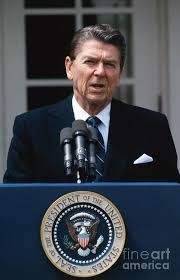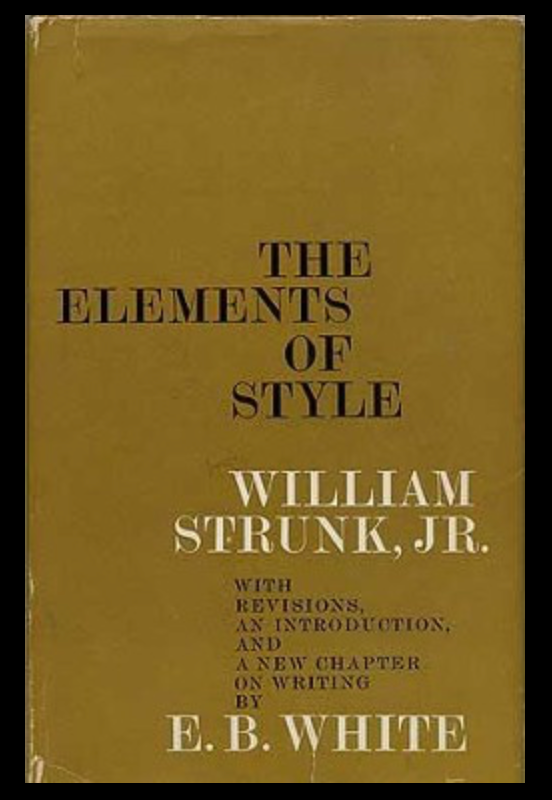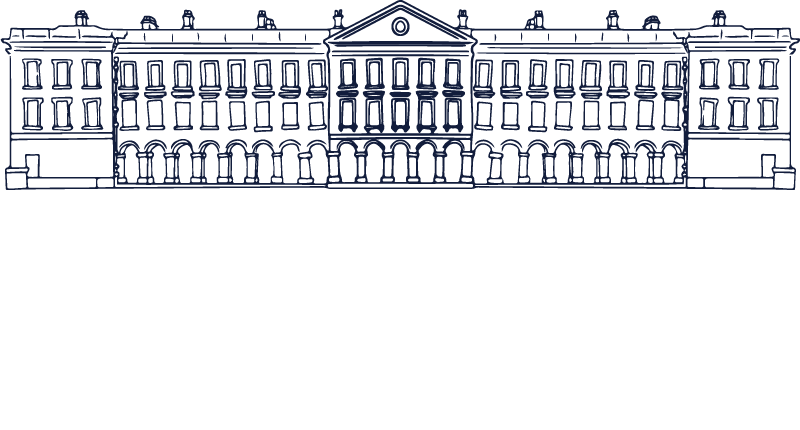Nib #29 — 10 Quick Tips to Write Faster
Shout-out to subscriber Tim from Virginia, who hit up the Nib Request Line last week with a challenge faced by writers everywhere: how to write faster.
Now, there are lots of ways to speed up the writing process, each worthy of its own Nib. But in keeping with this week’s theme, here is a breakneck rundown of 10 mini-tips to cut down on your writing time.
- See your audience. Talking comes easier than writing, in part because we can usually see who we’re talking to. So to write faster, imagine your audience as specifically and concretely as you can in your mind’s eye.
- Know your mission. Uncertainty wastes time. Have a clear idea of your purpose — the idea you’re proposing, the product you’re selling, the story you’re telling — before you start writing.
- Make a plan. Whether it’s a traditional outline, a list of key points, or some visual scheme like an idea tree, create some kind of map of your path and destination. Like a GPS route, it will save you from time-consuming wrong turns and dead-ends.
- Write your thesis first. It may not remain the lead sentence of your final draft. But writing a clear, concise thesis right away vaults you past the dreaded “Where do I begin?” time-suck.
- Write disciplined intros. Introduce your thesis and any necessary color or news hook in 1-3 sentences. Avoid throat-clearing and funneling. An intro’s only job is to signal to your intended audience that this is something they’ll want to read.
- Pivot quickly to your origin story. Persuasion rests on a foundation of past-tense verbs. Convincing your readers “how we got here” is the indispensable first step toward convincing them “where we go from here.” So head back in time immediately after your intro.
- First draft doneness. The most time-intensive part of any writing project is composing the first draft. But: if you’re clear on your audience, goal, and plan, then you don’t need to stress every noun and comma the first time through. Just get the writing part done; editing goes faster.
- First draft completeness. When writing your first draft, use that plan you made (#3 above) — and don’t leave anything out. It’s okay if a first draft is too long, so long as everything that needs to be in there is in there. In the editing process, being a “taker-outer” is faster and easier than being a “putter-inner.”
- Edit out loud. The most time-saving tip any writer can learn is to revise his or her drafts by reading them aloud. Your ears are already sharper editors than your eyes could ever become.
- Trust your voice. Don’t waste time worrying about how people will think you sound; focus on what you say. Aim for clarity and concision, and things like “tone,” “flow,” and “punchiness” will take care of themselves.
The good news is, any of these tips by itself can shave minutes off your writing time. The better news is that this list’s value is greater than the sum of its parts. Because the more streamlining habits you adopt, the better forearmed you become against the greatest writing time-thief of them all: procrastination.
If there’s a time-saving writing tip that you swear by — or if there’s a topic you’d like to see in a future Nib of the Week - shoot me an email. I’d love to hear about it.
Until next week… keep writing!











